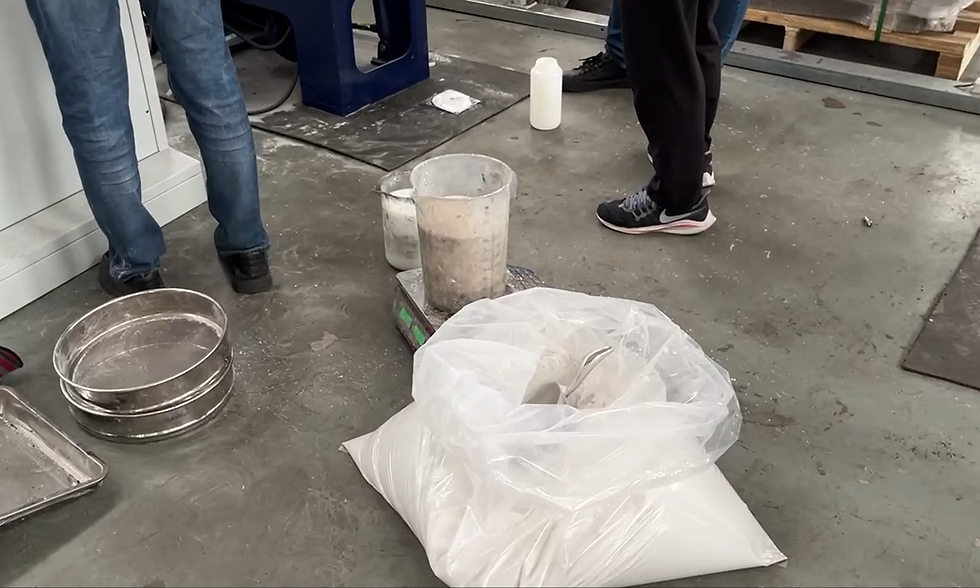With the tilting mixer, the production of future battery materials is now possible!
- simon781030
- Aug 4
- 3 min read
Today, I will discuss the "battery industry", the core of the "energy transition", a key technology that determines the sustainable future of mankind, and the "tilted mixer" - the hero behind this industry.
The global response to climate change is creating a huge wave called "energy transition". The transition from fossil fuels to renewable energy such as solar and wind power has become a necessity, not a choice. And the core of this energy transition is "batteries".
High-performance batteries used in electric vehicles (EVs), energy storage systems (ESS), and various portable electronic devices are like the heart that drives future society. In particular, the competition for "next-generation battery" technologies such as all-solid-state batteries and sodium-ion batteries that surpass lithium-ion batteries is heating up.

The performance of these batteries ultimately depends on the quality and uniformity of "battery materials". In the precision processing of these battery materials, the "tilted mixer" plays a key role.
The battery manufacturing process, especially the mixing and granulation of key materials such as positive electrode materials, negative electrode materials, and solid electrolytes, is one of the most important steps in determining battery performance (energy density, life, and stability). The inclined mixing and granulating mixer meets these stringent requirements and is able to produce high-quality battery materials.
1. Even a small amount of inhomogeneity in battery materials can have a fatal impact on battery performance.
Precise mixing and uniform dispersion: The inclined mixer perfectly mixes materials in three dimensions through the combined movement of the rotation of the inclined drum and the specially designed mixing blades. This ensures that the various components such as positive electrode active materials, conductive materials and binders are perfectly and evenly distributed at the nanoscale.
Prevent performance degradation: If the uniformity of the materials is not guaranteed, uneven reactions may occur inside the battery, reducing efficiency or shortening battery life. The inclined mixer can prevent these problems in advance, maximize the energy density of the battery and extend the battery life.

2. The particle size and shape of the battery material directly affect the ion transfer rate, electrode density and overall battery performance.
Precise granulation: The inclined mixer forms powdered materials into particles (grains) with optimal size and density. This improves the efficiency of subsequent processes (such as coating and calendering) and improves the physical stability of the electrode.
Realization of high-density electrodes: Uniform particles make the electrode denser when formed, so that more active materials can be accommodated in a limited space. This is crucial to improving the energy storage capacity of the battery.
3. An important partner in the production of next-generation battery materials
Future batteries such as all-solid-state batteries and lithium-sulfur batteries require much higher material processing technology than existing lithium-ion batteries.
All-solid-state battery materials: The precise and gentle mixing method of the tilting mixer can minimize material damage and maximize uniformity when mixing and granulating sensitive new generation materials (such as solid electrolytes and metal lithium negative electrodes). This is crucial for the commercialization of all-solid-state batteries.
Improve safety: In the process of developing high-safety materials to reduce the risk of battery explosion, uniform and impurity-free mixing is essential. Tilt mixers help improve battery safety.

Conclusion: Battery materials, lighting up a green future
"Energy transformation" is an irreversible trend of the times, and high-performance batteries are the key driving force of this trend. The tilting mixer granulator goes beyond simple manufacturing equipment and is able to produce innovative battery materials to contribute to the future of sustainable energy solutions.
We hope this information will be helpful for your battery material production innovation. If you have any questions, please feel free to leave a message!


















Comments